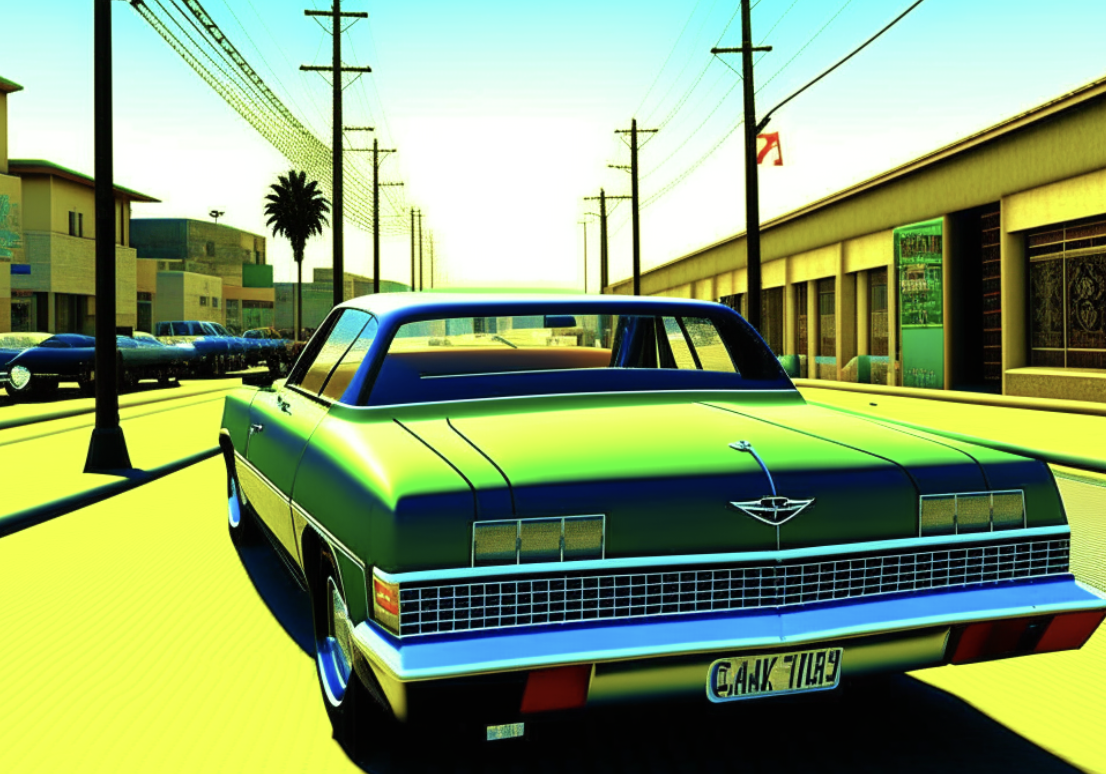A Comparison of LED Printers and Laser Printers
LED printers and laser printers are often confused despite their similar printed results. This confusion stems from their distinct working principles: laser printers utilize lasers, while LED printers rely on light-emitting diodes (LEDs). This article compares and contrasts these two types of printers to highlight their key similarities and differences.
Quality of Print Output Laser printers have a notable drawback compared to LED printers as their laser beam distribution on the drum is uneven, leading to occasional blurriness at the edges of prints. This inconsistency results in unattractive differences between the center and edges of printed images. In contrast, LED printers ensure uniform exposure across the image area, providing consistent print quality. As product prices decrease, functionality may be compromised, evident in some lower-cost laser printers that print in multiple passes, potentially causing color intensity discrepancies. High-quality laser printers mitigate this issue, but LED printers outshine with their consistent output.
Print Speed For businesses with high-volume printing needs, a rapid print process is critical. Some printers require multiple passes to complete a print job, resulting in time inefficiencies. LED printers, on the other hand, employ Single-Pass Technology, allowing for quick and efficient printing in one go. Despite the increased speed, LED printers maintain print quality comparable to that of laser printers.
Durability of Internal Components By employing fewer components, LED printers minimize the occurrence of defects and production flaws. Manufacturers eliminate unnecessary mechanical parts that are common in laser printers, which must endure varying temperatures and constant operation challenges. This reduction of components in LED printers simplifies system operation and enhances reliability. Additionally, the Single-Pass Technology in LED printers streamlines paper handling, accommodating higher paper weights. The compact design of LED printers, facilitated by the minimal space requirement of their internal components, stands in stark contrast to the bulkier assembly of laser printers. This compact design not only reduces the printer's weight but also contributes to longevity and usability due to fewer components susceptible to wear and tear.
Additional Materials and Compatibility LED and laser printers do not necessitate special additional materials, accommodating various printing papers available at retail stores. Toner selection is crucial, with different toners offering black or color printing options. Buyers should ensure compatibility with their printer model to avoid any issues. While both laser and LED printers offer versatility in paper handling, LED printers stand out in terms of efficiency, reliability, and ease of operation.
